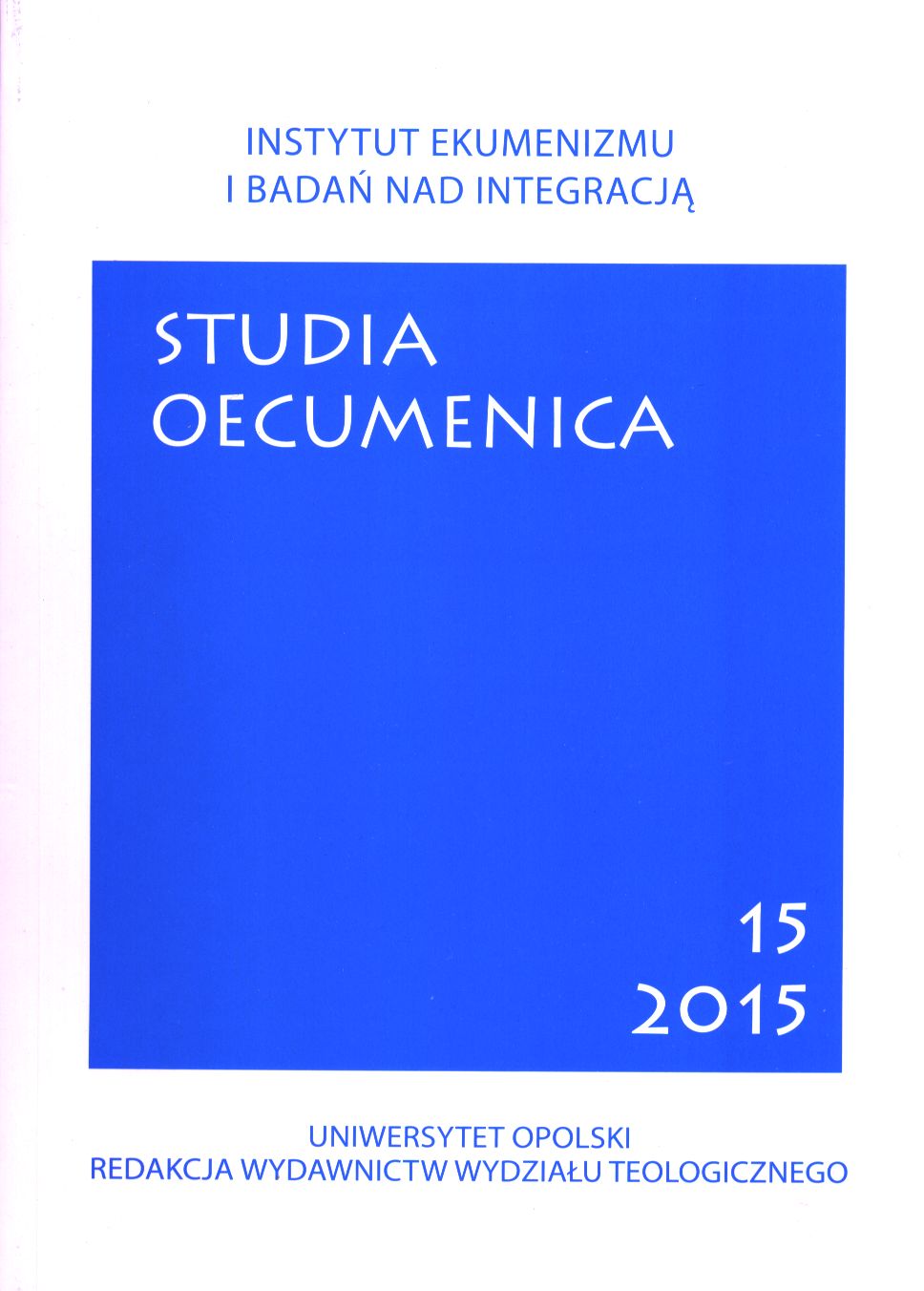Doświadczenia na zwierzętach i ubój rytualny. Międzyreligijny wymiar Encykliki Laudato si’
Experiments on Animals and Ritual Slaughter. Interreligious Significance of Encyclical Laudato si’
Author(s): Maria Tietze, Wanda Krupa, Jarosław S. KamieniakSubject(s): Christian Theology and Religion, Theology and Religion
Published by: Uniwersytet Opolski
Keywords: experiments on animals; vivisection; speciesism; ritual slaughter; dialogue between science and religion;
Summary/Abstract: Research on animals are conscious and deliberate process that allows to explain and explore the phenomena in many areas of biological sciences and especially medicine. Despite the improvement of research methods, the use of alternative techniques limiting the population of experimental animals, their use in experiments is unavoidable, there would be no progress in science without them. The controversial of the problem is ethical aspect in accepted standards for their humane treatment, because they are living beings capable of suffering and pain. The issue of ritual slaughter is directly related to the presented problem, which in recent years has been debated by many bodies. Ritual slaughter is of mandatory nature of the religious rites in Judaism and Islam. Its acceptance by the Constitutional Court in Poland in 2014 was the expression the unity of faith in Israel and Muslim countries. The Catholic Church allows animals to suffer to the extent which is necessary to protect human needs while preserving the ethical and moral principles. The issue on the need for interreligious and scientific dialogue is referred to in the message contained in the Encyclical Laudato si’ in numbers: 10, 11, 14, 25, 42, 64, 69, 76, 77, 92, 110, 130, 132, 133, 221.
Journal: Studia Oecumenica
- Issue Year: 2015
- Issue No: 15
- Page Range: 81-96
- Page Count: 16
- Language: Polish

